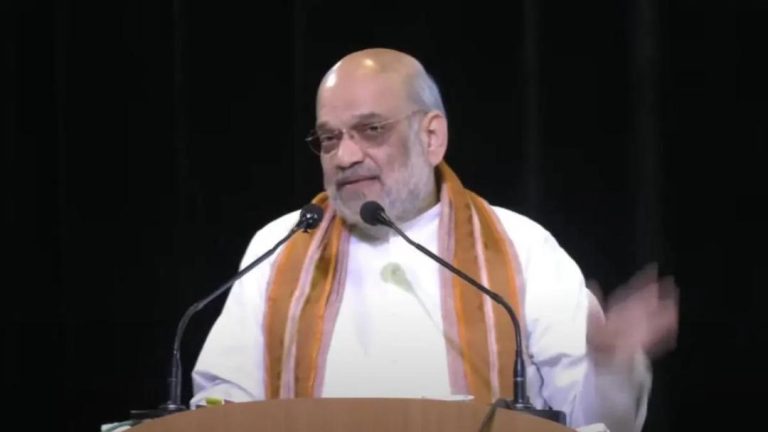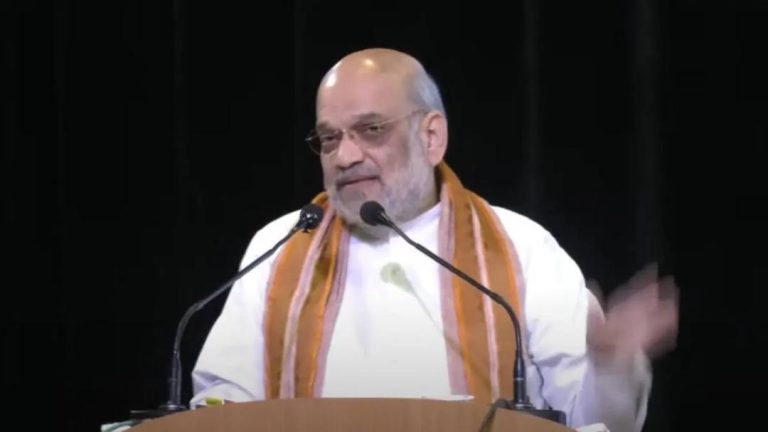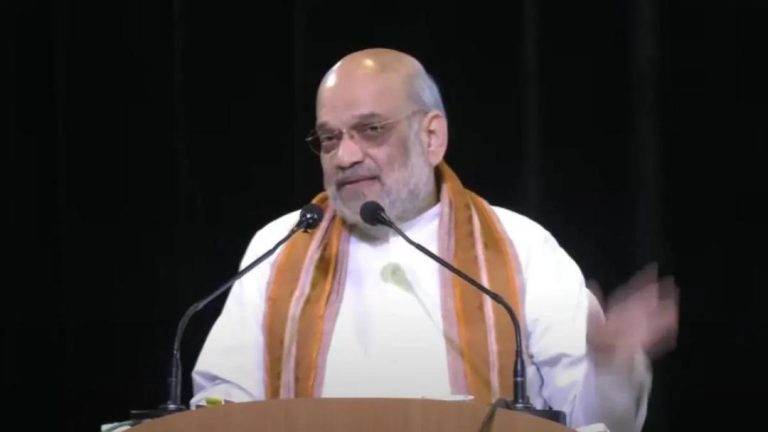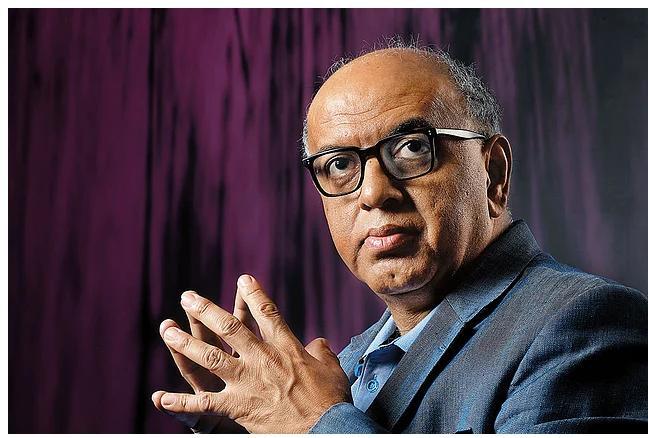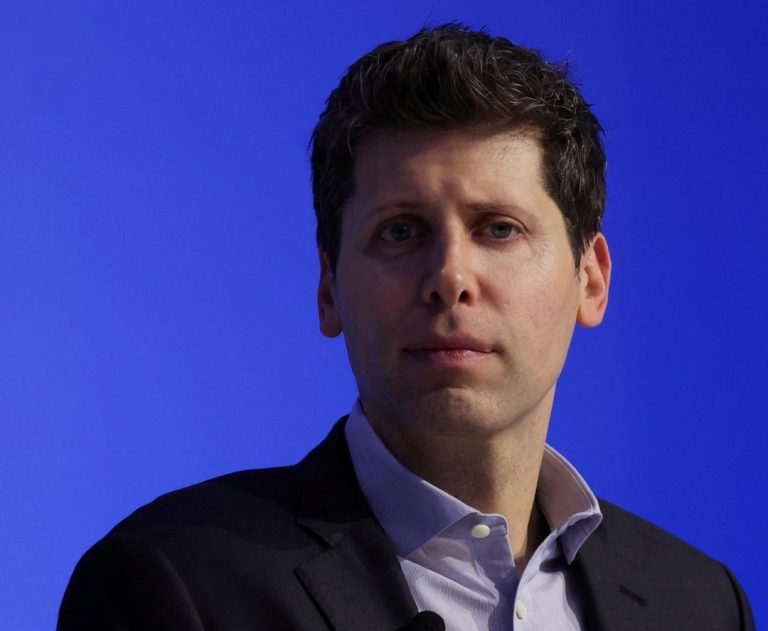
IT Employees Burn Murthy, L&T Chief’s Effigies for Proposing Longer Workweeks
The debate around work-life balance in the Indian IT industry has taken a dramatic turn with IT employees in Bengaluru taking to the streets to protest against exploitative work practices. The employees, affiliated with the Karnataka IT/ITeS Employees Union (KITU), staged a protest in which they burnt effigies of Infosys Founder Narayana Murthy and L&T Chairman SN Subrahmanyan. The move comes in response to the recent statements made by the two industry leaders, who proposed longer workweeks for employees.
Murthy, who is known for his tough stance on employee performance, suggested that employees should be willing to work 70-hour weeks to meet the demands of the industry. Subrahmanyan, on the other hand, went a step further by proposing that employees should work 90 hours a week. While the comments sparked outrage among employees, KITU decided to take a stand and organize a protest to express their discontent.
The protest, which took place on a busy street in Bengaluru, drew a large crowd of IT employees who gathered to vent their frustration against the proposed workweeks. Despite efforts by the Bengaluru Police to stop them, the employees managed to burn the effigies of Murthy and Subrahmanyan, sending a strong message to the industry leaders.
The move by the employees is seen as a reaction to the increasing pressure on IT employees to work long hours with minimal breaks. The industry has been facing a shortage of skilled workers, leading to a sense of desperation among employers. However, this desperation has led to exploitation of employees, who are often forced to work long hours without adequate compensation or recognition.
The proposals made by Murthy and Subrahmanyan have been seen as an attempt to further exploit employees. The comments have sparked widespread outrage, with many employees taking to social media to express their discontent. The hashtags #NoToLongHours and #FairCompensation have been trending on social media, with employees demanding better working conditions and fair compensation.
The KITU protest is just the latest example of the growing discontent among IT employees in India. The industry has been facing a range of challenges, from a shortage of skilled workers to increasing competition from other countries. However, the proposals made by Murthy and Subrahmanyan have highlighted the need for the industry to rethink its approach to employee welfare.
The debate around work-life balance is not new to the Indian IT industry. In recent years, there have been several instances of employees working long hours without adequate compensation or recognition. The issue has been exacerbated by the growing pressure on employees to deliver results, leading to a sense of burnout and exhaustion.
The proposals made by Murthy and Subrahmanyan have sparked a wider debate about the role of the industry in promoting employee welfare. The industry has been criticized for its lack of concern for employee well-being, with many employees feeling exploited and underappreciated.
The protest by KITU is seen as a move towards promoting employee welfare and challenging the exploitative practices of the industry. The union has been demanding better working conditions, fair compensation, and regular breaks for employees. The move is seen as a step towards promoting a more sustainable and equitable work environment.
In conclusion, the protest by IT employees in Bengaluru against the proposals made by Murthy and Subrahmanyan is a significant development in the ongoing debate around work-life balance in the Indian IT industry. The move highlights the growing discontent among employees and the need for the industry to rethink its approach to employee welfare. The industry must take note of the demands made by KITU and work towards promoting a more sustainable and equitable work environment.
